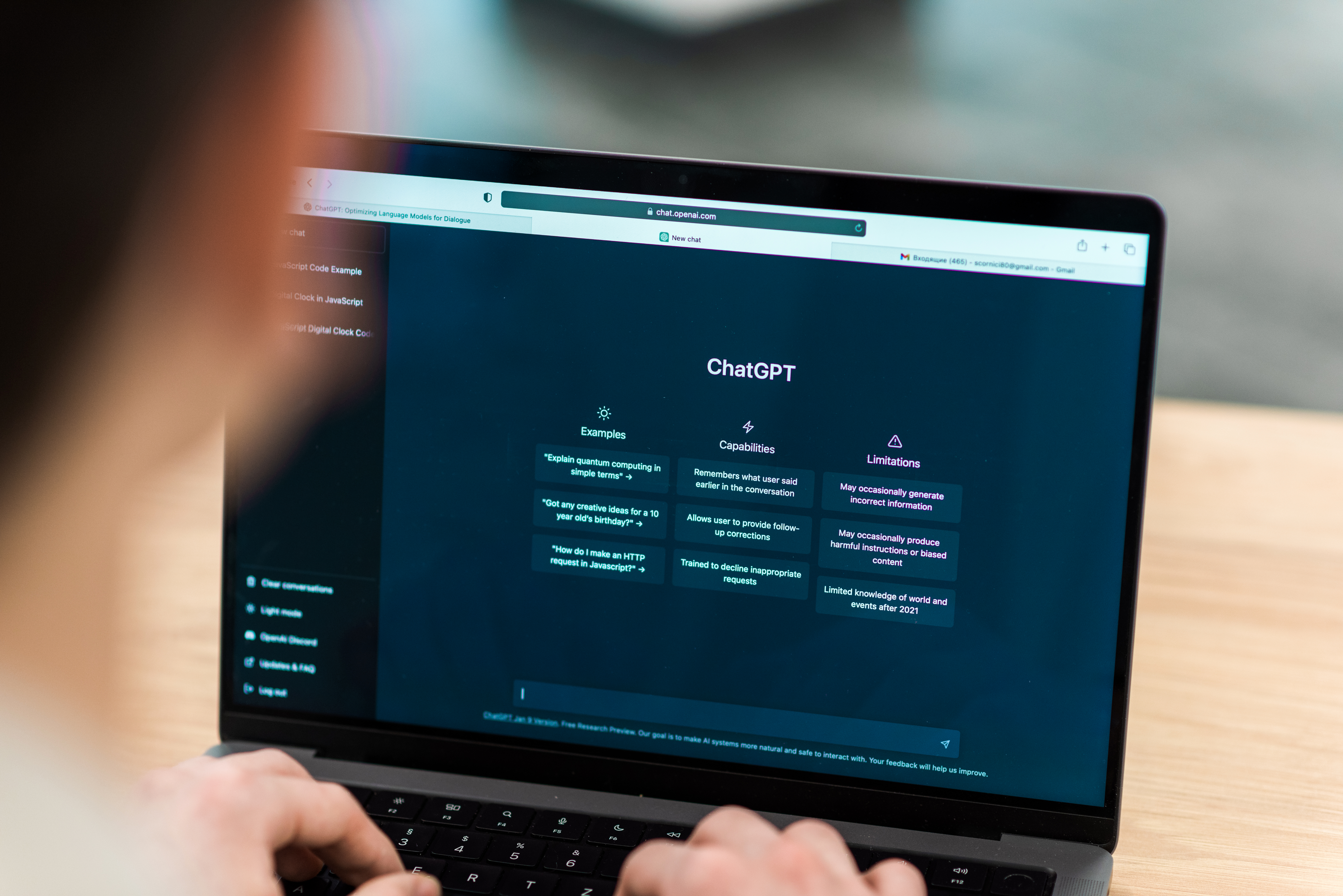The Cyberspace Administration of China (CAC) has proposed new rules requiring major online platforms to establish independent oversight committees focused on personal data protection. The draft regulation, released Friday, 13 September 2025, is open for public comment until 12 October 2025.
Under the proposal, platforms with large user bases and complex operations must form committees of at least seven members, two-thirds of whom must be external experts without ties to the company. These experts must have at least three years of experience in data security and be well-versed in relevant laws and standards.
The committees will oversee sensitive data handling, cross-border transfers, security incidents, and regulatory compliance. They are also tasked with maintaining open communication channels with users about data concerns.
If a platform fails to act and offers unsatisfactory reasons, the issue can be escalated to provincial regulators in China.
The CAC says the move aims to enhance transparency and accountability by involving independent experts in monitoring and flagging high-risk data practices.
Would you like to learn more about AI, tech and digital diplomacy? If so, ask our Diplo chatbot!










